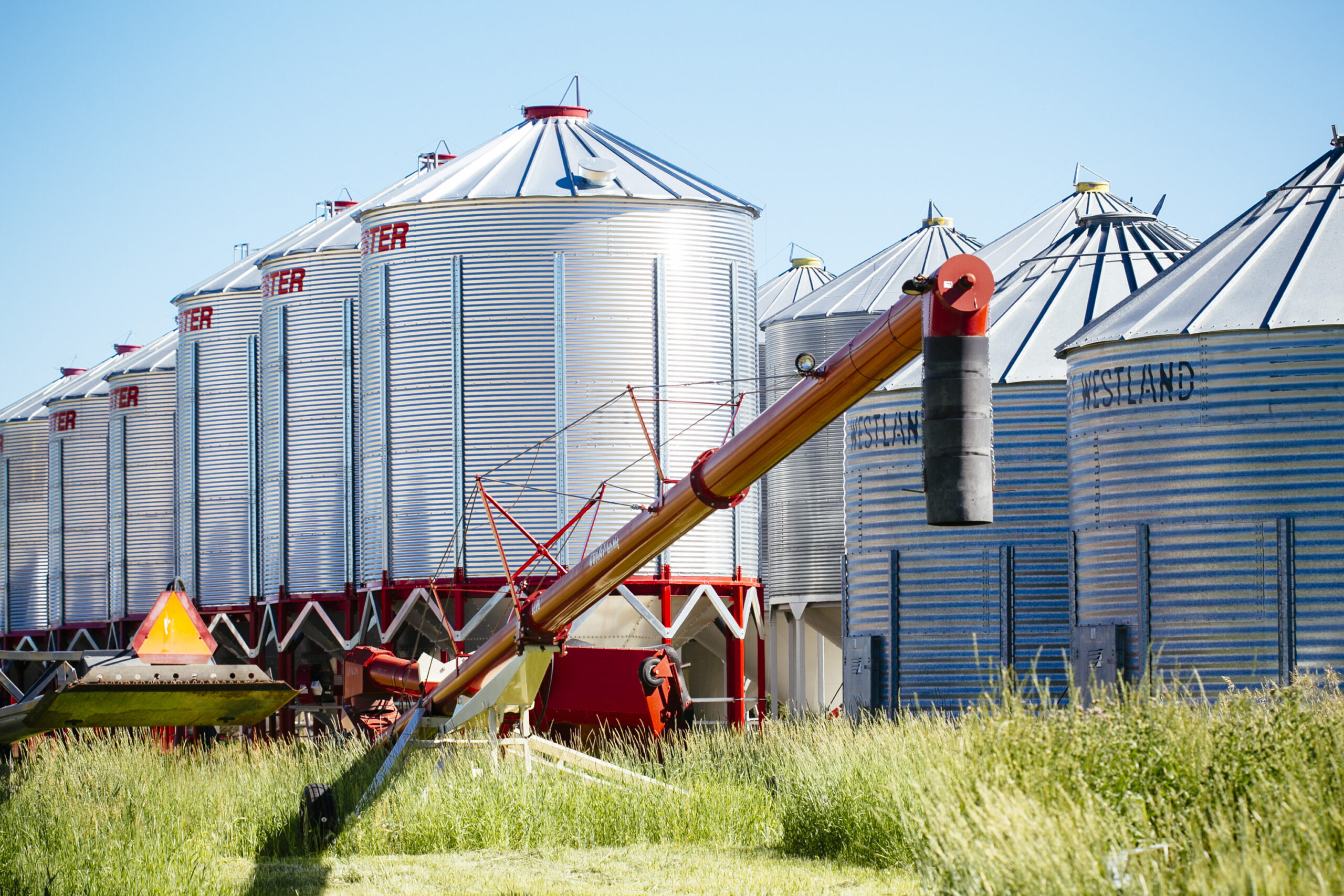By Jon Driedger, LeftField Commodity Research
September 2023
Dry conditions across much of Western Canada, particularly in some key pulse-growing areas, will result in a much smaller harvest than was hoped for. Opinions are mixed on whether Statistics Canada’s (StatsCan) initial production estimates are too low for Prairie pulse production, but there is little question the crop will be small.
The reduced yields mean potential export volumes will be lower as well. While the short supplies will generally be supportive for prices, how hard the market will need to work to do the necessary demand rationing will vary by crop.
Smaller Pea Supplies May Trigger Different Responses Between Yellows and Greens
The initial StatsCan estimate put the total pea crop at just 2.19 million (M) tonnes, a 36% decline from 2022 and well below even the smallest pre-report estimate. This has caused some to question if the crop is being underestimated, although even the more optimistic forecasts were anticipating a sizeable decline. There was no breakdown by type, but earlier seeded acreage reports suggest the drop is larger in green peas than yellows, with plantings down 29% and 6%, respectively.
Field peas will have a relatively comfortable carryout in 2022/23 of approximately 537,000 tonnes, which is mostly made up of yellows (StatsCan will provide a July 31st stocks estimate on September 8th). This only buffers a small portion of the production decline, however, and total supplies in 2023/24 may be below 2.8 M tonnes, 25% less than the previous year, and essentially on par with the drought-reduced 2021/22 total. This would force exports down to a mere 2 M tonnes or less if the StatsCan production figure is correct, also similar to 2021/22.
The sharp drop in supply should result in higher prices, although the size of the move may vary by type. Green peas could see a sharper increase due to the larger decline in production, a smaller old crop carry-in, and the fact the United States (U.S.) also planted fewer green peas, adding to the North American tightness. This leaves few alternatives for green pea importers.
The magnitude of any price increase in yellow peas may not fully match the steep fall in production. Chinese demand is uncertain, but also a critical part of the outlook as they have been taking over 50% of Canadian exports in recent years. If the ability to source supplies elsewhere results in a big drop in buying from Canada, this could go a long way to “solving” the yellow pea balance sheet.
At this point it is uncertain if India will reconsider its barriers to pea imports, something that seemed unlikely earlier but may end up being possible if rising domestic prices remain a problem ahead of elections next spring. Any potential shift in policy needs to be watched closely, as this could add significant buying to a market that does not have the ability to easily supply it.
Russia, Australia, and others may be able fill a portion of the supply gap left by Canada in global markets. This does not mean yellow peas will not see upside, but the combination of demand uncertainty and availability of stocks from other countries leaves questions around the size of any potential move.
Red and Green Lentil Production Lower, with the Outlook Varying by Type
Similar to peas, the initial StatsCan production estimate surprised to the downside at just 1.54 M tonnes, a decline of 34%. This is based on a yield of only 15.6 bushels per acre (bu/acre), not much above the 2021 disaster, while lower plantings mean production will be even smaller. If realized, it puts 2023/24 lentil stocks over 200,000 tonnes below 2021/22. Even if final yields come in larger than the initial estimate, supplies will be extremely tight.
When considering the seeded area figures, the StatsCan yields could push red lentil production down towards 1 M tonnes, off nearly 50% from 2022 and the smallest in over a decade. Green lentil production would only be about 7% lower, with large greens showing a relatively bigger decline. A snug old crop carry-in means total lentil supplies could be as little as 1.85 M tonnes, over 10% below 2021/22.
The small supply means lentil exports will have to be reduced to 1.5 M tonnes or less, the lowest since 2011/12. How aggressively prices need to move to ration the necessary demand remains to be seen. Red lentils are seeing a relatively larger production drop, but bigger crops in India and Turkey may reduce import needs in our two largest export destinations. Australia is also expected to harvest a crop of over 1 M tonnes, down from last year but still historically large.
Green lentils may have a more difficult time rationing demand given the fewer alternatives for importers and the diverse customer base, although prices are already very strong. One factor that will shape export demand is the size of India’s pigeon pea crop. Plantings have caught up after a slow start, and conditions are generally good despite below average rainfall. However, any setback in production could increase buying interest within a market that is extremely tight.
Tight Chickpea Supplies Will Limit Export Volumes
StatsCan estimated chickpea production at 133,000 tonnes, only a small increase from 2022 despite a 35% rise in seeded area. When combined with a tight old crop carry-in, exports could be forced down to just 100,000 tonnes, less than half that of 2022/23 and the lowest since 2014/15. Even if production ends up larger than currently forecast, short supplies will limit shipping potential.
How high prices need to go to ration exports is yet to be determined. The US has been a key export market, but their production is expected to be up 35% to over 220,000 tonnes, the largest since 2019. Turkey may also have a bigger crop in 2023/24, possibly reducing net imports. Argentina could see a bigger crop as well this coming season, allowing for higher exports. At the same time, India’s Kabuli exports have been dropping off and it is possible they have smaller supplies next year, while Mexico’s crop could be down almost 30%. Canadian prices should strengthen, but our relatively small role on the global stage means the broader markets will largely determine domestic values.



